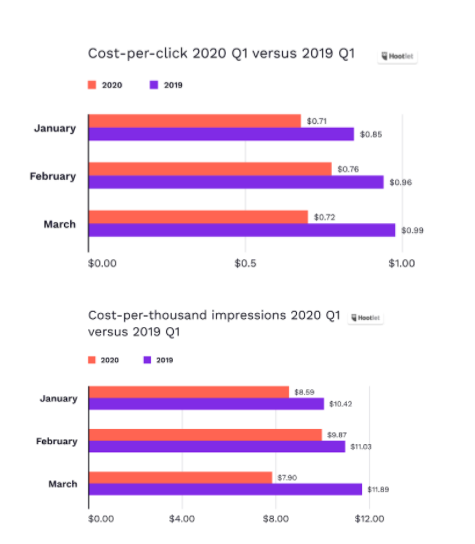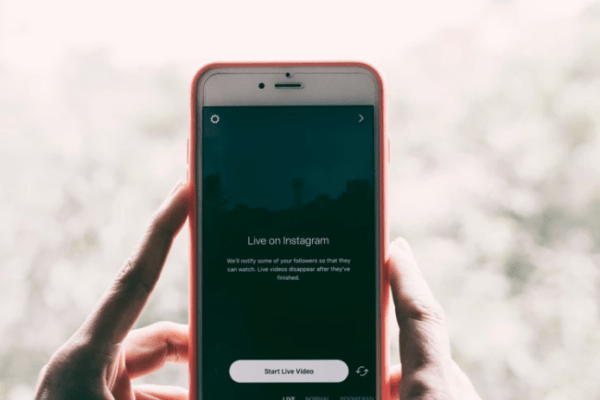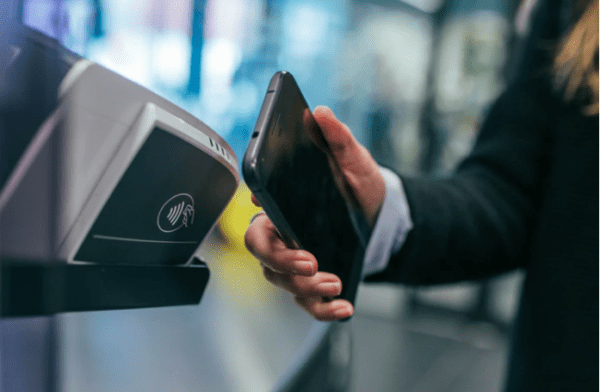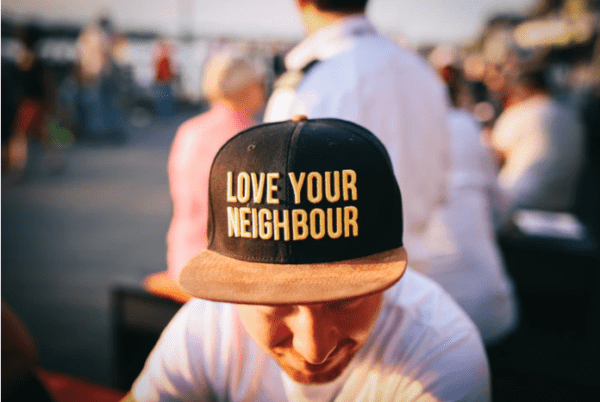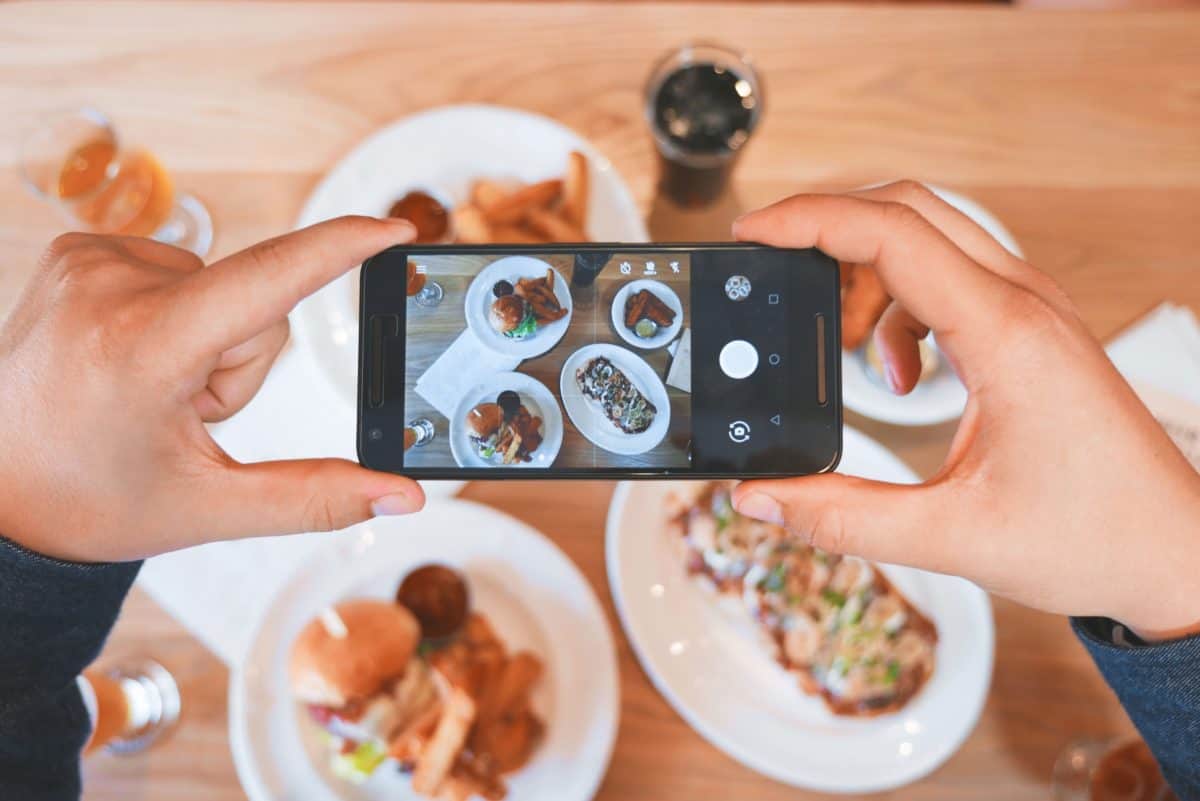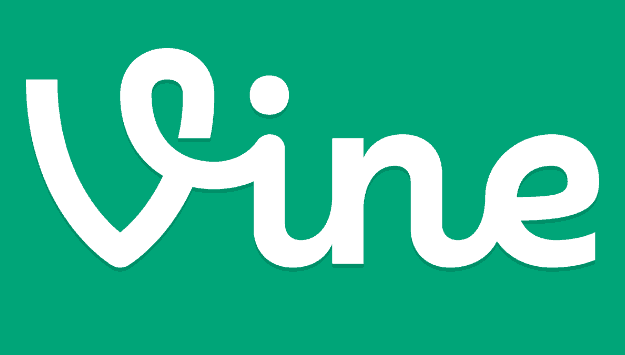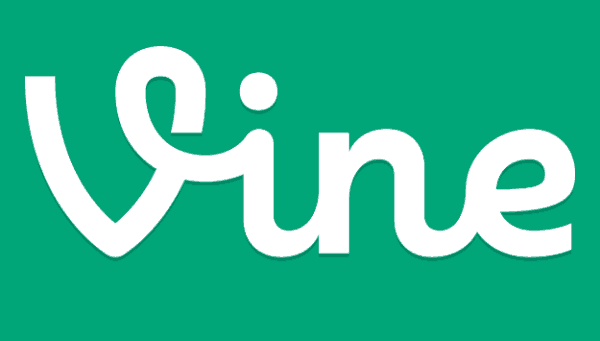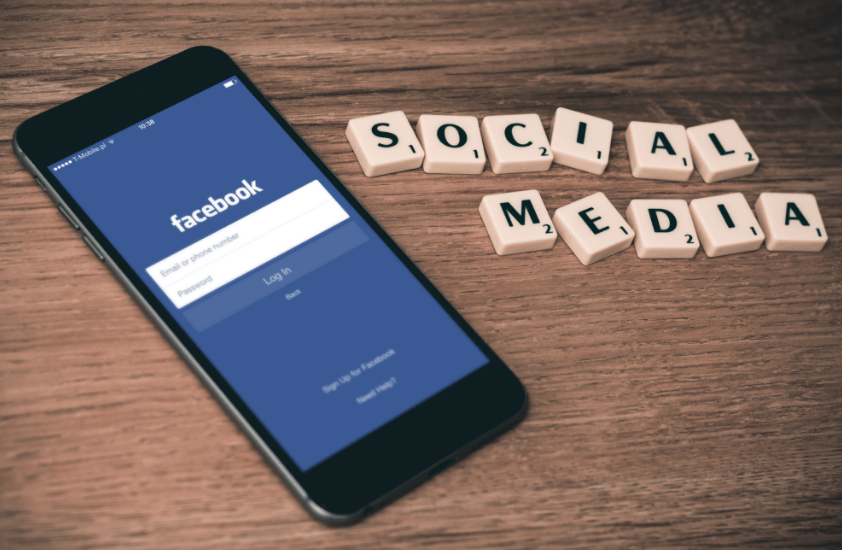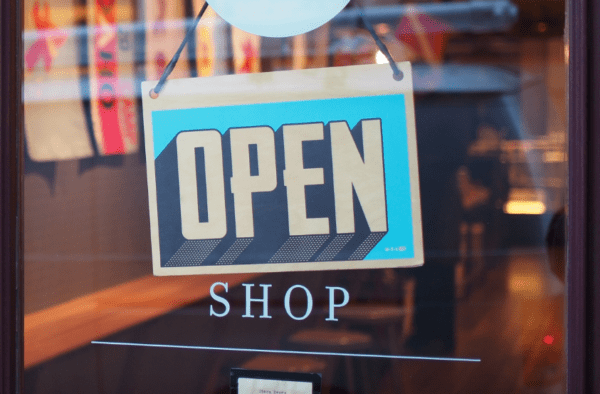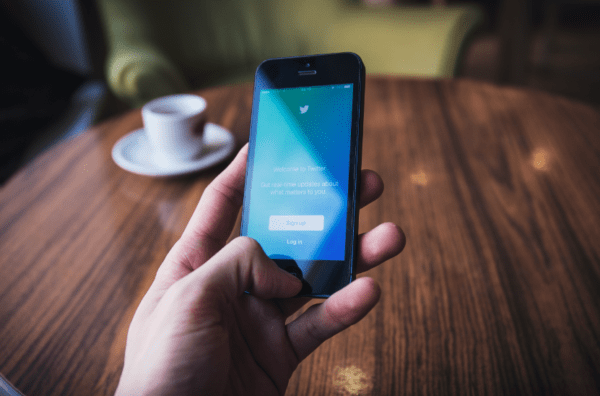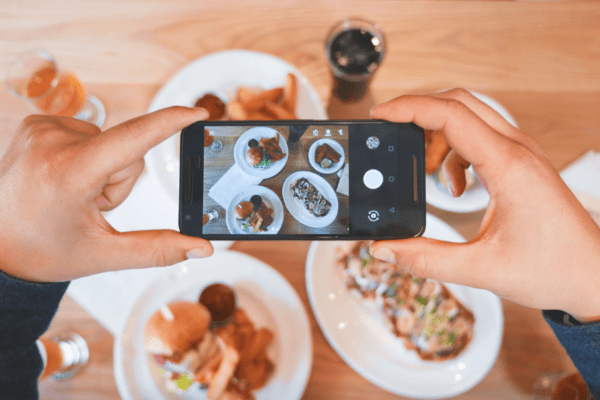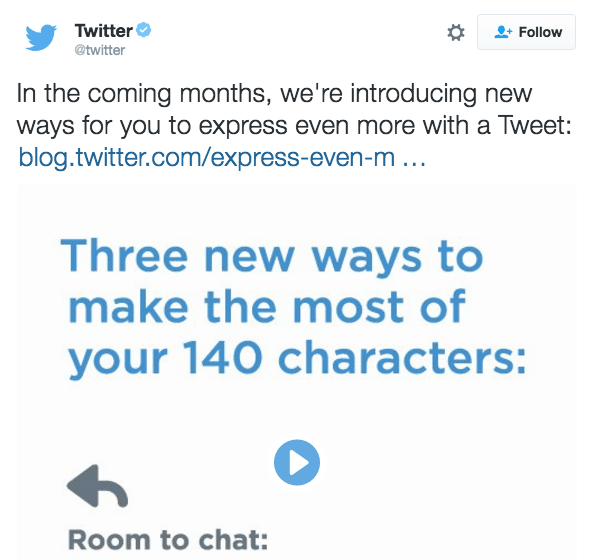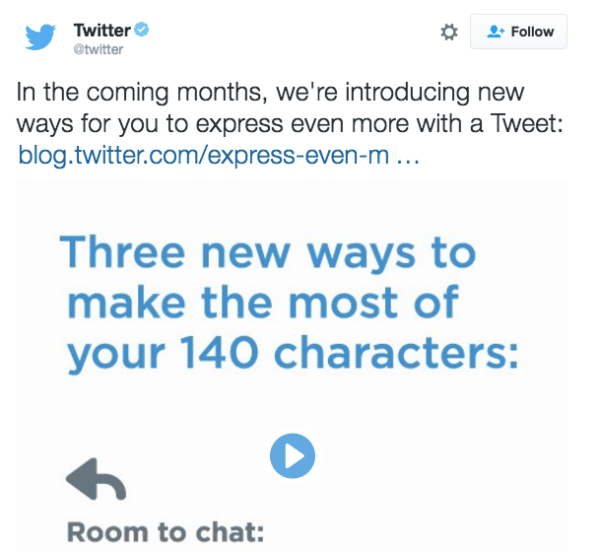It’s every social media manager’s worst nightmare: the hate tweet. The “you suck,” Facebook comment. The “you’ve lost a customer,” response.
Unless your business consists solely of cat GIF distribution, you’ll probably encounter someone who can’t stand your brand.
So what are you supposed to do? Let’s go through some options.
DON’T: Ignore the complaint
This is immediately the most tempting option, as it requires no effort on your part and doesn’t call attention to the situation. There’s also a slim chance that the person (or their friends) ever considers you again.
Sadly, a lion’s share of companies take this route. According to Sprout Social, nearly 25 percent of customers surveyed said they got annoyed with a lack of response on social. Sprout Social also found that only 1 in 10 messages on social media generate a brand response.
Even if you don’t have the time or staff to respond to every single comment, Tweet or Snap your company gets, make an effort to reply more often. Responding to an unhappy person on social can mitigate the hate or even make that person into a lifelong customer.
Even just a quick “contact us” response can make someone’s day.
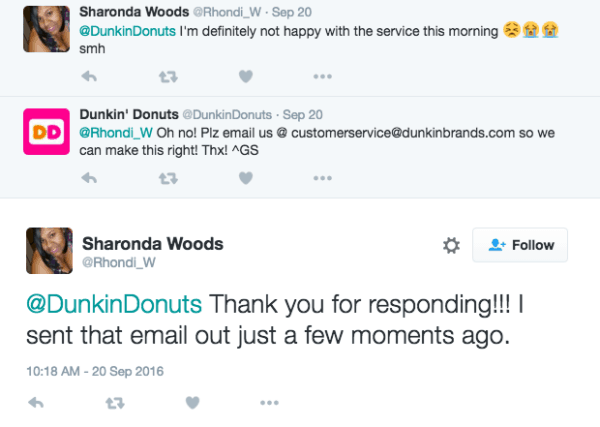
But what if the response comes from a real troll and not just a dissatisfied fan? Then you’ve got a new set of rules. While you can respond with kindness or facts, the goal for a brand in this situation is to not get dragged down into the mud.
If you feel the situation can be helped with a humorous or factual response, go for it, but don’t get sucked into an argument. If the troll is just spewing vitriol in an effort to get you to play along, don’t. It’s OK to use the block button in these situations.
DO: Snark it up (if appropriate)
If you’re a San Francisco Bay Area commuter, you’ve probably laughed at tweets from Caltrain and BART. In between service announcements and news about safety, these public utilities squeeze in some chuckles.
If you come at the king (of public transportation Twitter), you best not miss.
A discussion has to happen before your brand responds like this, though. If you’re a social media manager for a more buttoned-up brand and decide to go rogue without approval, you might find yourself building your resumé instead of your portfolio.
But if your brand is more whimsical, say a party-favorite alcohol, snack food or sports team, your fans might respond well to snark. If the company you’re managing has a more serious face, a well-timed light-hearted response could go a long way. In this case, we just don’t recommend punchlines for every response. Knowing your audience is the ultimate factor.
DON’T: Go full Trump
The Republican presidential nominee has some of the itchiest Twitter fingers in the game. As tempting as it might be to respond to critics with fire and brimstone as he does, it can only make your brand look worse.
Keeping with the mentality that everything you post online is both public and permanent, going with hateful rhetoric in the face of a complaint or troll attack can only harm your company’s reputation.
Remember the case of Amy’s Baking Company in 2013? After an embarrassing performance on Gordon Ramsay’s Kitchen Nightmares, the owners came under heavy derision on social media.
Instead of laughing it off or letting it blow over, co-owners Samy and Amy Bouzaglo struck back on the company Facebook page. Soon, their issues spread to Yelp and Reddit.
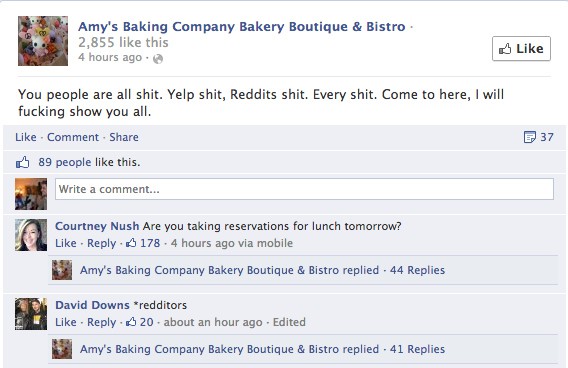
You want your brand to get international recognition. This is an easy way to do it, but an idea better left in the draft folder.
DO: Respond mindfully
We know how tempting it can be to punch back at angry commenters. It’s something nearly ever social media manager deals with. Instead of taking this route, take five minutes to cool off. Watch a funny YouTube video. Listen to some Enya. Clear your head and come back with a more proper response, one that won’t get shared on Reddit for all the wrong reasons.
Many times on social media, the best offense is a good defense. Have a plan in place for handling trolls and know when to respond and when to deny satisfaction. Make sure there are standards in place for responding (quickly) to unhappy customers, many of whom crave either a response or resolution to their issue.
As Jay Baer preaches, don’t be afraid to hug your haters.
“I think you should answer everybody, even trolls,” Baer said in a Salesforce Marketing Cloudcast. That may sound bizarre, but let’s remember that ultimately you are not really talking to that person, you’re talking to everybody. The crazier the trolls or crazy complainers are, the more rational you should be, because it makes them seem even crazier in context. Then the whole community understands that you actually care.
Written by Justin Lafferty





